Shortly before the furniture exposed material problem, the Guangdong Provincial Bureau of Quality and Technical Supervision announced the recent announcement on the quality of regular inspection and inspection of five products such as furniture, paints and printing machinery. The furniture inspection mainly carried out inspections on 44 items such as paint film resistance, paint film adhesion and metal parts appearance requirements. A total of 169 batches were inspected and 129 batches were inspected. Only 26 cases were found to be unqualified. batch. In addition, there are 8 batches of furniture that are listed on the black list due to unqualified trees, which attracts attention.
The 8 batches of furniture that were found to be unqualified, including the “dining chair (rosewood)†produced by Maoguang New Furniture Factory in Dayong Town, Zhongshan City, and the “flowers†​​produced by Renrenju Furniture Store in Dayong Town, Zhongshan City. Several (Pingyu Iron Beans), "Small Official Hats (Red Sandalwood Red Iron Beans)" produced by Shuiyunxuan Kungfu Tea Factory in Dayong Town, Zhongshan City. Dongguan City Hao Furniture Co., Ltd. produced the name of Gemu (Pineapple) in October 2011. It was tested as liquid-resistant, damp-heat-resistant, tree species and other items unqualified; Dongguan Ma Yong Licheng Redwood A small square stool with a size of 28×28×33 cm was also found to be unqualified for items such as tree species and logos.
The so-called unqualified tree species refers to the behavior of deliberately not writing materials or deliberately writing errors, multiple types of materials, and deliberately blurring materials. There are three reasons for this situation. First, because of the lack of professional and technical personnel, the company has made mistakes in the procurement of raw materials, and has not detected the tree species by the national authorities. Second, some manufacturers will also appear because they do not understand the relevant standards. Wrong; third, some manufacturers deliberately mark the wrong material, pretending to be a precious tree species with inferior tree species, in order to earn higher profits.
The price difference between different materials is very different, and the materials used in furniture production are different. Different materials, the price is also different, and some are very different, which is the root cause of some companies making articles on materials.
Taking solid wood furniture as an example, the solid wood furniture currently used on the market is teak, walnut, ash, ash, birch, cherry, rosewood, etc., and the price difference between them is quite large, ash and rosewood There is at least a 50% difference between the prices, and the prices of different species of trees vary greatly. For example, Hainan huanghuali and Vietnamese huanghuali have double or even several times the price difference. In 2010, Ms. Liu purchased antique furniture with a total price of 8.6 million yuan from Jinfei Redwood. At that time, the quality certificate provided by Jinfei was marked as “100% fragrant wood (decorating Dalbergia)â€, which is known as “Hainan Yellowâ€. Pear." However, according to the professional identification, the materials used in these three antique furniture are “Vietnamese huanghualiâ€, which triggered a lawsuit between Ms. Liu and Jinfei Redwood. At the end of last year, a famous furniture company in Beijing was exposed by CCTV, and the use of eucalyptus as a sales of black walnuts also caused industry shocks.
Solid wood furniture is favored by consumers because of its natural beauty, durable and environmentally friendly products. However, the concept of solid wood furniture in the market is chaotic, and the introduction of shopping guides is often “speaking but not realâ€. Solid wood furniture materials are “fake†and “not realâ€. Consumer complaints have been high. In addition, in recent years, solid wood furniture has gradually adapted to the young and fashionable route, and some new tree species materials have been adopted. Consumers need to be cautious in discerning when purchasing.
The contract shall be marked with the material and place of origin in accordance with the national standard of GB 5296.6-2004 "Consumer Goods Instructions for Use Part 6 Furniture", the label of the wood furniture product materials, the name of the various raw and auxiliary materials for wood furniture and the parts of its use shall be clearly written. . A few days ago, the reporter visited the famous homes in Beijing, such as the home of the real estate and the city outside the city. After investigation, it was found that except for a small number of brands on the logo, the project is simple and the content is not complete. Most of the solid wood furniture logos are in line with national regulations.
In Chengcheng Square, the reporter saw that the bright furniture of solid wood furniture is a multi-drawer cabinet with very detailed designation of the product name, model, specification, main material, grade and origin. When introducing the product, the shopping guide also clearly informed which part is the main material, which part is the substrate, and what kind of tree species are used respectively. In the reporter's investigation, it was also found that the material identification did not meet the specifications. A brand that manages huanghuali furniture has placed a table with a price of 880,000 yuan in a conspicuous position, but the label has simply written the word "rosewood". According to the naming and classification rules in "Dark and expensive hardwood furniture" (QB/T 2385-2008), the product naming must include the Chinese name of the timber species, the Latin name of the timber species, the number of products, the product category, and these four items must be Arranged in order.
Zhu Changling, chairman of the China Furniture Association, said that the rarer tree species such as rosewood and black walnut, the price of finished furniture is naturally expensive, and the rubber wood that has appeared in recent years is relatively cheap. Consumers can't judge by price alone. Before buying, they should do their homework in advance according to their own needs, and they must have basic ability to distinguish. In addition, Zhu Changling also stressed that when buying a contract, you must indicate the species of trees and the origin of the furniture. If you find problems later, you can use it as a proof of rights.
Tempered or toughened glass is a type of safety glass processed by controlled thermal or chemical treatments to increase its strength compared with normal glass. Tempering puts the outer surfaces into compression and the interior into tension. Such stresses cause the glass, when broken, to crumble into small granular chunks instead of splintering into jagged shards as plate glass (a.k.a. annealed glass) does. The granular chunks are less likely to cause injury. Toughened glass is a kind of safety glass.
Toughened glass can be made on customer's request, clear toughened glass, ultra clear toughened glass, colored tinted toughened glass, printed toughened glass, back painted toughened glass, frosted toughened glass, toughened Laminated Glass, toughened Insulated Glass, toughened Vacuum Insulated Glass and so on.
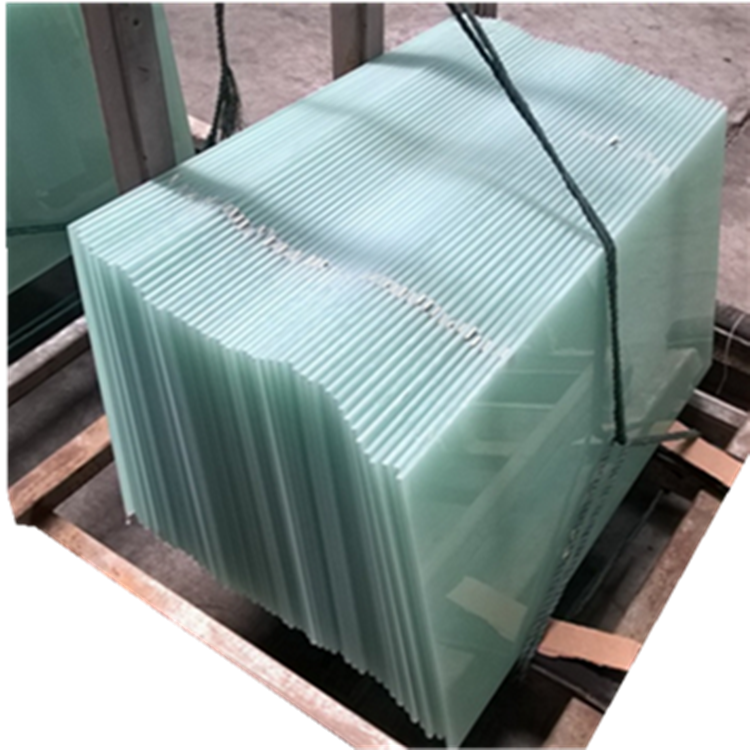
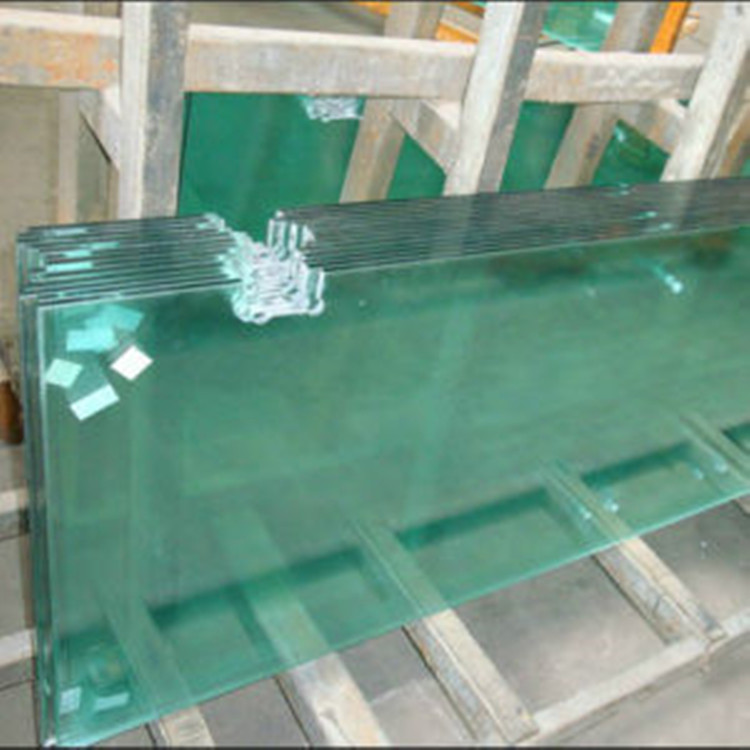
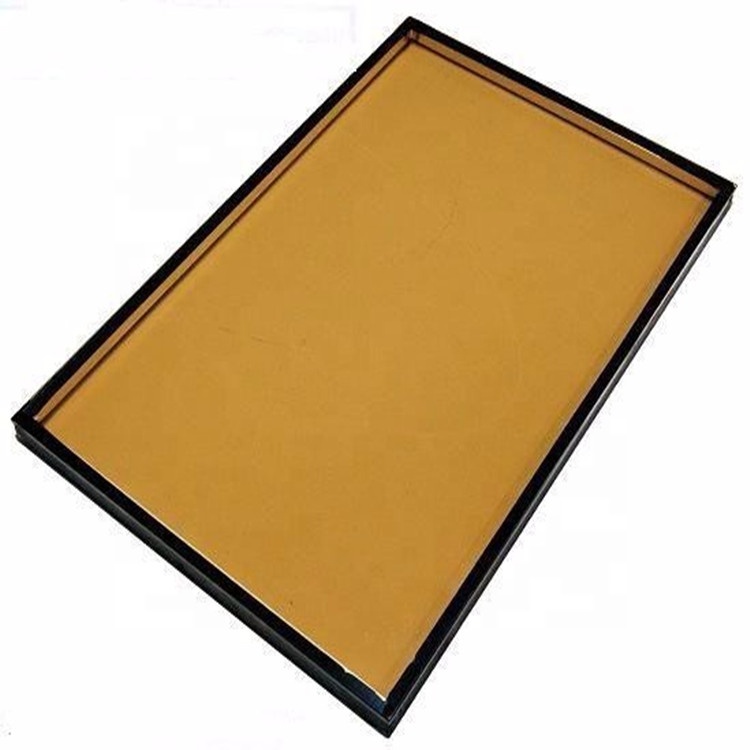
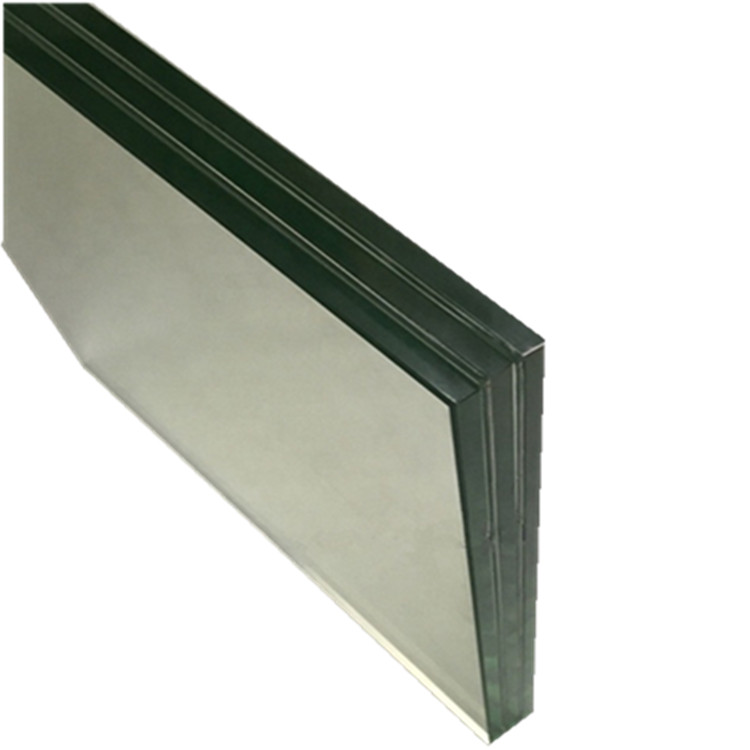
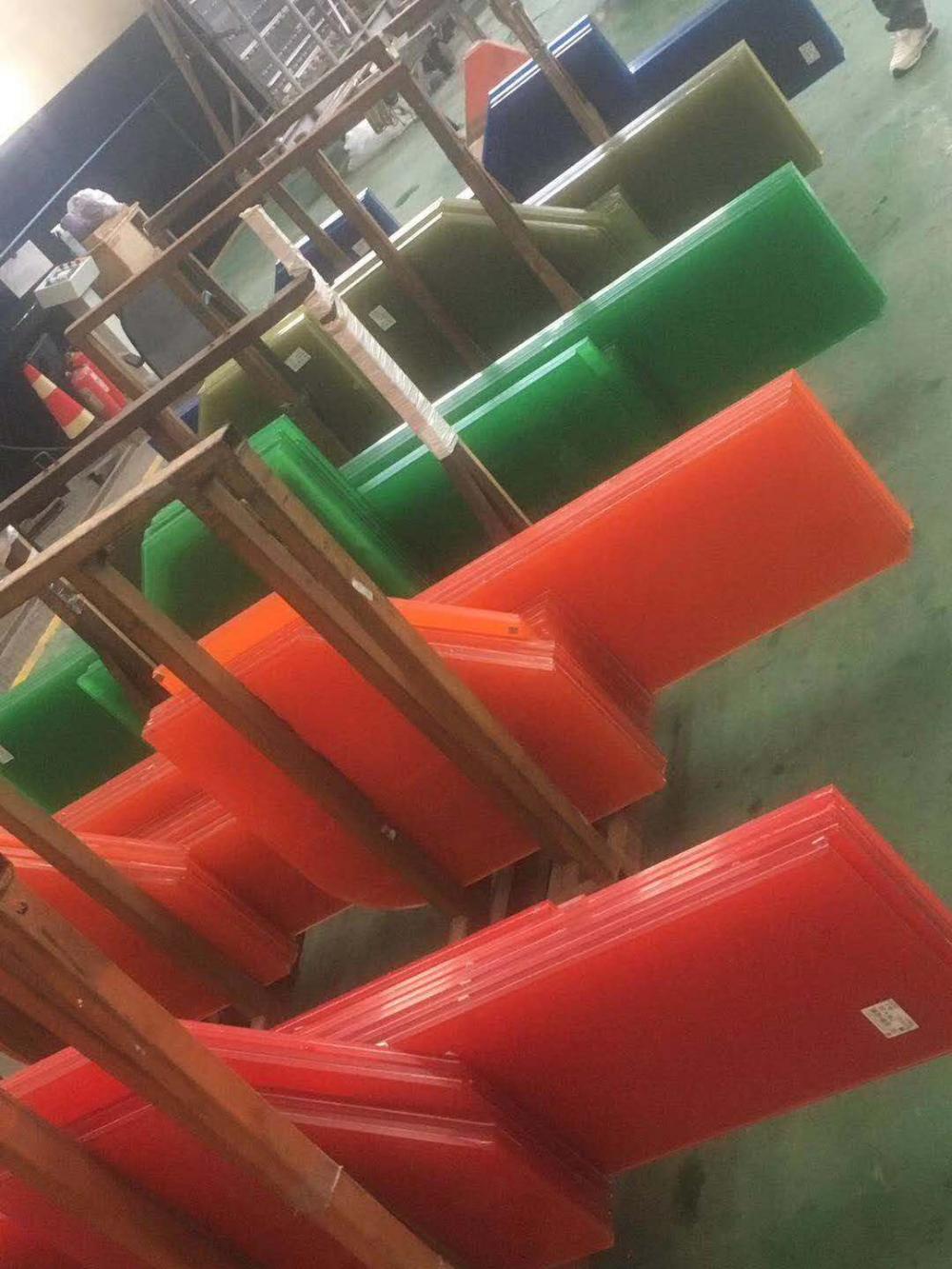
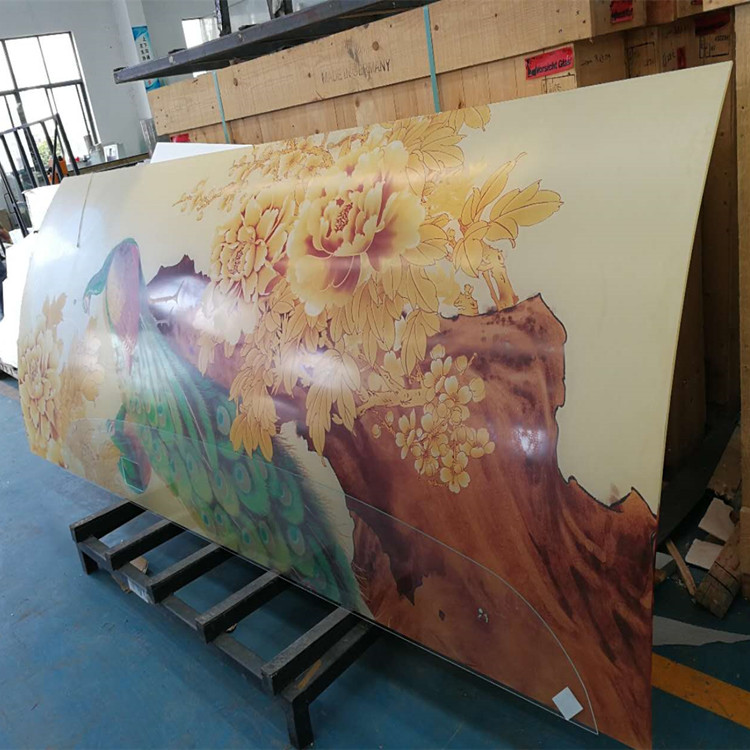
Toughened glass can be used for furniture, buildings, doors, windows, walls, table tops, fence, partitions, railings, balcony, balustrade, shower room and so on.
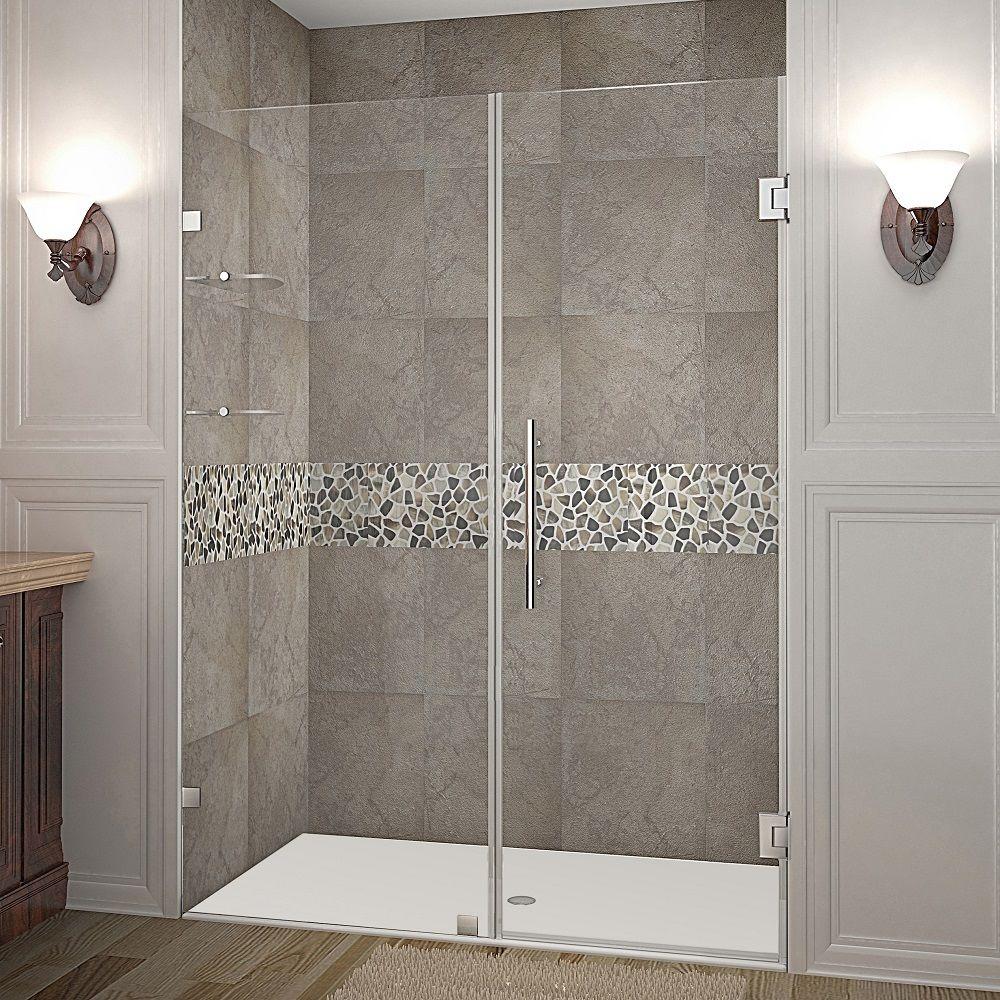
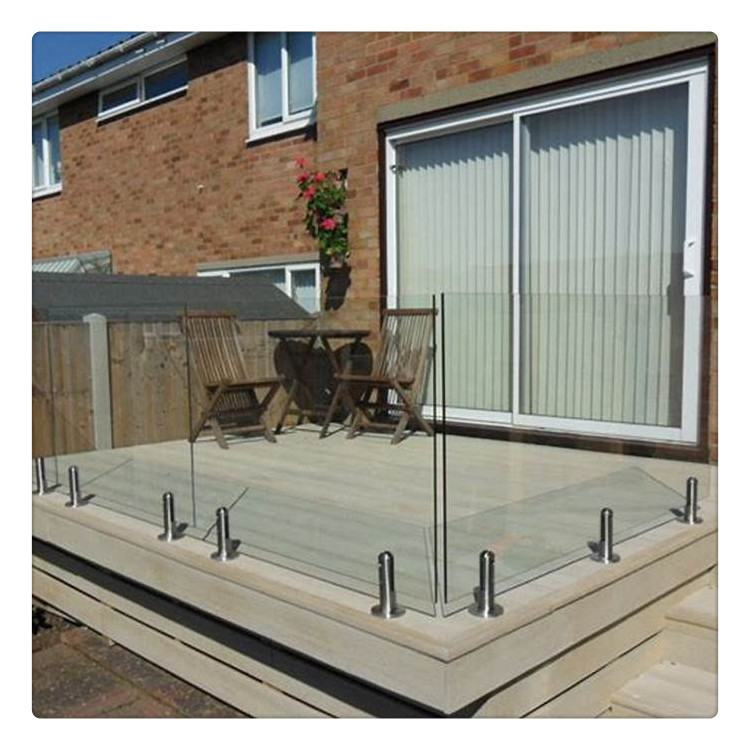
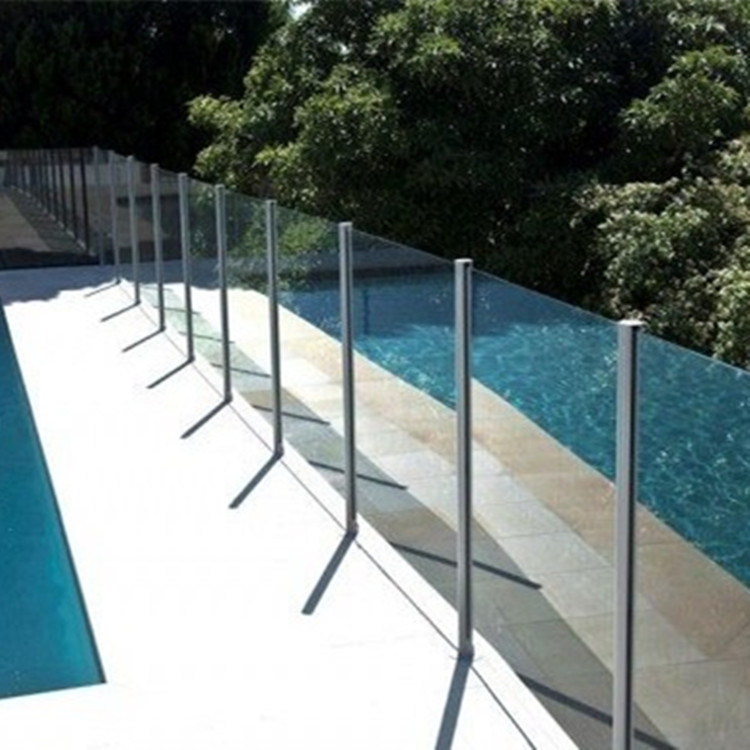
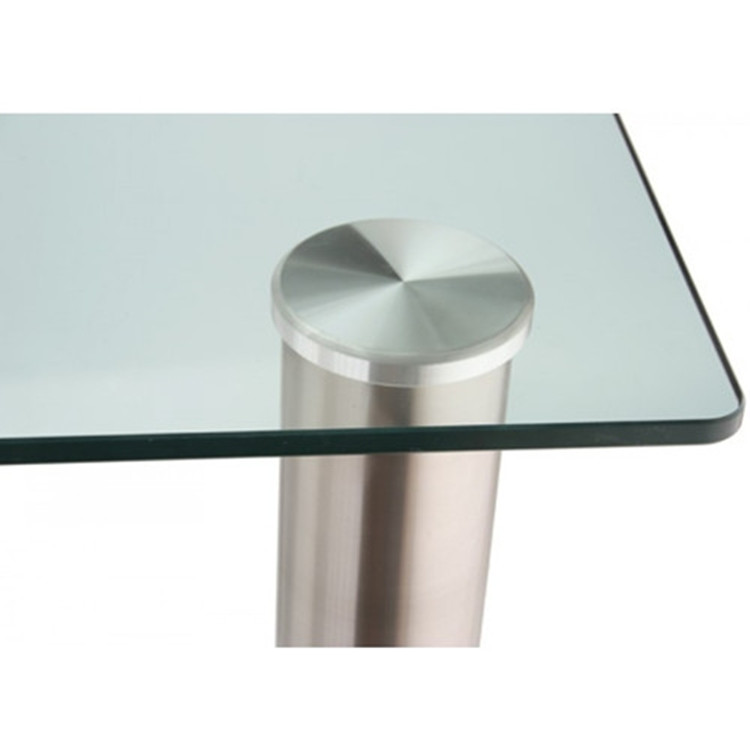
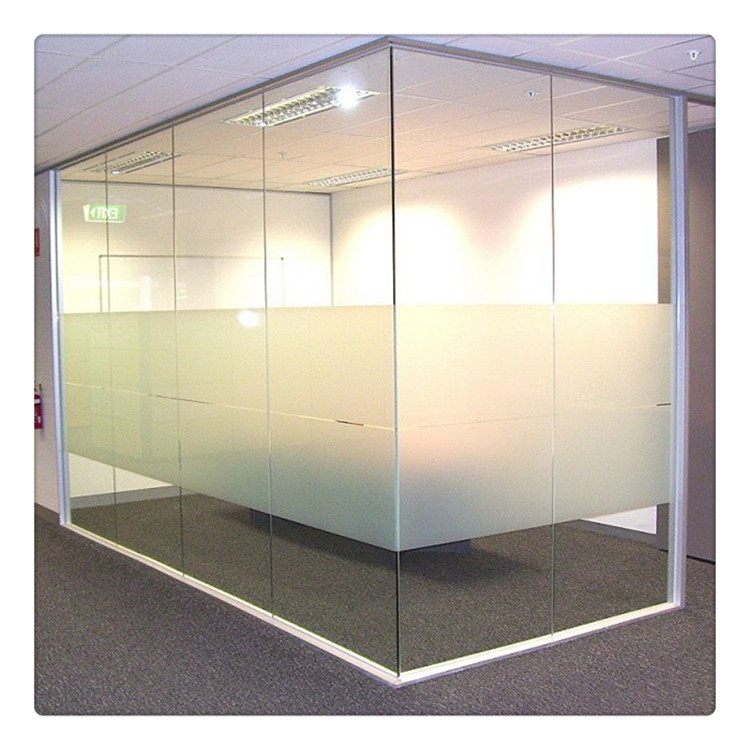
toughened glass, clear toughened glass, color tinted toughened glass, ultra clear toughened glass, back painted toughened glass, silk printed toughened glass
Shanghai Lead Glass Co.,Ltd , https://www.leadglazing.com